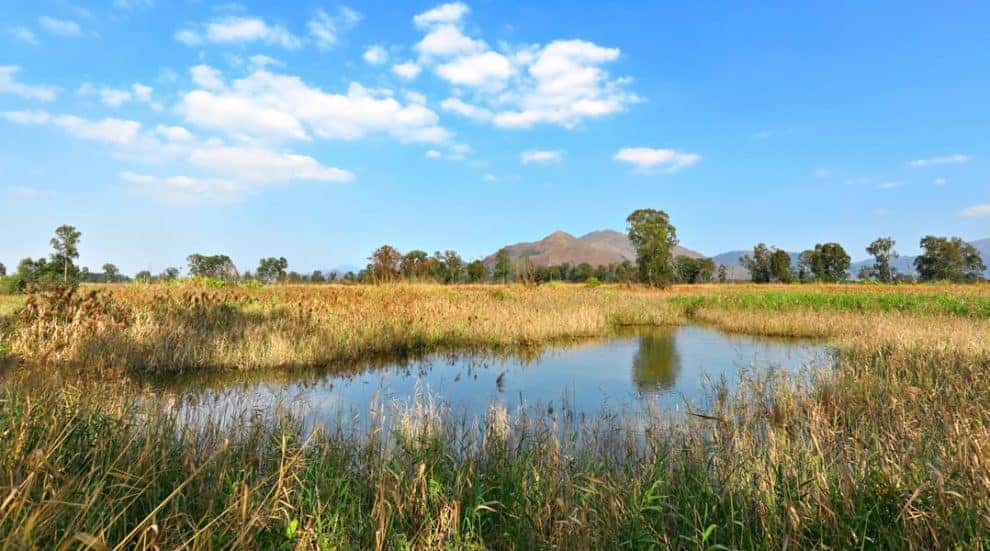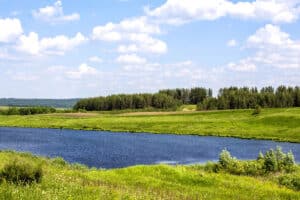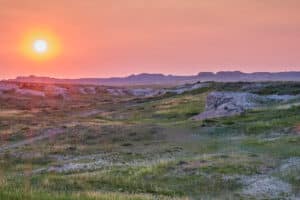I am not sure exactly when humans started assigning value to things. My guess is it goes back as far as maybe the trading of a mastodon hind quarter for a lit torch to restart a fire that had gone out. That seems about right. Of course value still would have depended on how cold or hungry either of these early entrepreneurs might have been.
The idea of trading one thing for another and quantifying values, sometimes even for the hypothetical, is commonplace these days and has been for a long time.
When it comes to land, however, it can be challenging and difficult to understand the value of one’s eco-assets.
Some are rather simple. A timber cruise can get one rather quickly to the value of one’s trees at the mill. But what about the value of the carbon those trees might sequester over the next 100 years if one were to enter into a contract to leave them standing? That requires a calculator and some expertise. But it can be done, and for the landowner it might be something well worth knowing.
Then there is the conservation easement, where value is based on the giving up of development or mining rights. On one end there is the potential highest and best use, and then one subtracts what it is worth if he or she were to take that highest and best use out of the equation. What is left is the conservation easement donation that equates to one’s federal tax deduction. In a state like Virginia, a landowner would also receive state tax credits which can be sold or transferred. For each individual property and landowner, the value is different.
And it doesn’t stop there. There is wetland mitigation, or nutrient banks in the Chesapeake Bay watershed. The list goes on and on and varies by geographical location and often legislation.
If we want to know what our car is worth, we consult the Blue Book. If we want to know the value of what we have on our property, it is not quite as simple. It can’t always be traced to corn, or hay, or trees, or even acres for that matter.
Most folks have a good idea of how much money they have in the bank, but many landowners don’t necessarily know the value of the eco-assets on their property. The good news is there are professionals out there that can answer these questions and often without requiring an upfront fee. For the landowner, they are certainly answers worth knowing.
Written by Tee Clarkson who is an outdoor writer from Virginia, runs outdoor programs for youth throughout the country and abroad at Virginia Outside, and works in land preservation and carbon sequestering at Atoka Conservation Exchange, LLC.
This content may not be used or reproduced in any manner whatsoever, in part or in whole, without written permission of LANDTHINK. Use of this content without permission is a violation of federal copyright law. The articles, posts, comments, opinions and information provided by LANDTHINK are for informational and research purposes only and DOES NOT substitute or coincide with the advice of an attorney, accountant, real estate broker or any other licensed real estate professional. LANDTHINK strongly advises visitors and readers to seek their own professional guidance and advice related to buying, investing in or selling real estate.










Add Comment